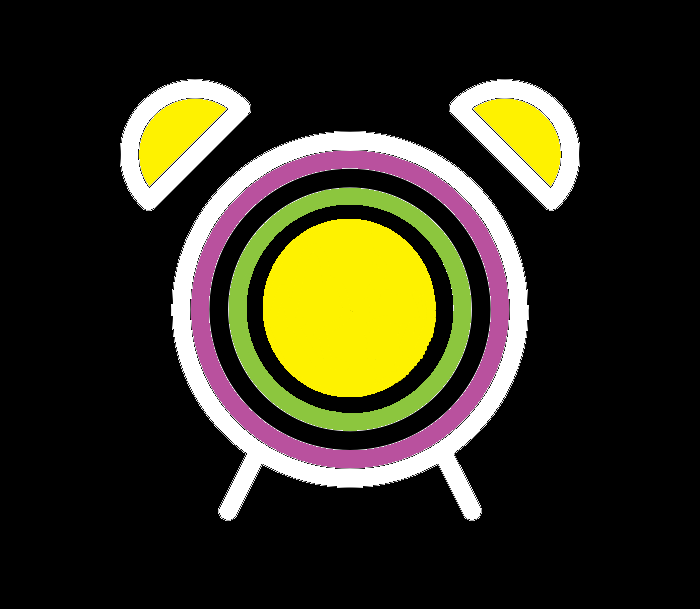Bubbly Balloon Magic | A Fun Baking Soda and Vinegar Science Experiment for Kids
What if a balloon could blow itself up—no puffing needed?
This baking soda and vinegar science experiment is a kid favorite for good reason—it’s fast, fizzy, and full of surprises. Using only a few common kitchen items, your child can create a real chemical reaction that inflates a balloon without lifting a finger. It’s a fantastic way to introduce science at home and check off one of your go-to easy kid science experiments.
What’s Going On?
In this hands-on activity, baking soda and vinegar meet inside a bottle, fizzing their way into an exciting balloon inflation. No blowing required—just a bubbling chemical reaction experiment for kids that turns invisible gas into something you can see and feel. This is the kind of science that makes learning fun for kids and practical for parents.
Whether you’re filling a rainy afternoon or adding excitement to homeschool time, this baking soda and vinegar science experiment is a go-to for learning and play.
Quick Facts
- Time Needed: under 15 minutes
- Difficulty Level: Easy
- Best For: Ages 4–10 (elementary school kids)
- Science Type: Chemistry
- Mess Level: Medium
- Materials Needed:
- Vinegar
- Baking soda
- Balloon
- Plastic bottle
What Kids Can Expect
Kids will love watching the balloon grow all by itself, thanks to the fizzy magic of a simple baking soda and vinegar science experiment. It’s a hands-on way to show how mixing certain substances can create new materials—like gas that makes a balloon rise.
No tricky prep, no special tools—just wide-eyed wonder and science in action.
What You’ll Learn
- Key Concepts:
- Chemical reactions
- Gas formation (carbon dioxide)
- Properties of acids and bases
- Skill Development:
- Observation and curiosity
- Cause-and-effect understanding
- Early hypothesis testing
- Real-World Connections:
- How soda gets its fizz
- Why baking soda and vinegar clean your sink
- Basic chemistry in everyday life
Why This Matters
Chemical reaction experiments for kids are more than just fun—they’re foundational. Understanding how materials combine and transform builds curiosity and confidence. It teaches kids that science isn’t just something in textbooks—it’s happening right in their hands (or in this case, their kitchen).
Fun Fact Corner
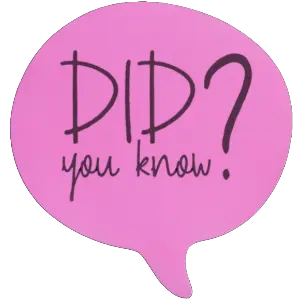
The fizz in your soda is the same gas made in this experiment—carbon dioxide!
Vinegar and baking soda were once used to power small model submarines in early science demonstrations.
Ask your child: “What do you think would happen if we used a different kind of vinegar—or added more baking soda?”
Give It a Try!
This classic baking soda and vinegar science experiment is a must-do for any curious kid. It’s quick, educational, and endlessly repeatable. Whether you’re building a STEM routine or just filling an afternoon, it’s one of the best easy kid science experiments to keep in your back pocket.
Share your results with us on social media @arecipeforscience
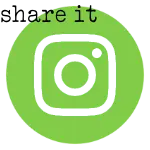

Looking for more fun science activities? Check out our Ballon Car Experiment or explore our full collection of hands-on experiments at A Recipe for Science!
The Chemistry Behind the Bubbles
This fun experiment falls under Chemistry, specifically Chemical Reactions. Let’s find out a little more about both.
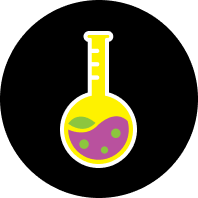
What Is Chemistry?
Chemistry is the science of matter—what it’s made of, how it behaves, and how it changes. Think of chemistry as the world’s greatest recipe book, helping us understand how combining different “ingredients” can create something entirely new. In our baking soda and vinegar science experiment, that “new thing” is carbon dioxide gas!
For kids, chemistry is like kitchen magic—with bubbling, fizzing, and surprising results. It’s the science that explains everything from why cakes rise to how soap works.
Check out more Chemistry experiments.
Why Chemistry Matters
Chemistry plays a role in nearly everything we do. From cooking dinner to fueling cars, chemistry helps us:
- Make safe cleaning products
- Create better batteries and greener energy
- Understand nutrition and digestion
- Treat illnesses with medicines
This is why activities like the baking soda and vinegar science experiment for kids are so valuable—they give kids a direct window into how the world works, using materials they already know.
Major Branches of Chemistry
Chemistry is divided into several key areas, each focusing on different types of matter and reactions:
- Organic Chemistry – The study of carbon-based compounds, including the chemistry of life.
- Inorganic Chemistry – Examines non-carbon substances, like metals and minerals.
- Physical Chemistry – Explores how chemical reactions occur at a molecular level.
- Biochemistry – Studies the chemistry of living organisms.
- Analytical Chemistry – Focuses on identifying substances and measuring their properties.
- Chemical Reactions (our focus) – Looks at how substances change when mixed—just like baking soda and vinegar do!
What Are Chemical Reactions?
A chemical reaction happens when two or more substances combine to form something new. In our experiment, mixing vinegar (acid) with baking soda (base) creates bubbles of carbon dioxide gas—a whole new substance!
Scientists who study chemical reactions explore how we can:
- Reduce pollution through cleaner chemical processes
- Improve how food is preserved or packaged
- Create new materials or fuels
By starting with a baking soda and vinegar science experiment, kids begin to understand this big, exciting world of change and transformation.
Fun and Relatable Examples
- Fizzy bath bombs rely on the same bubbly chemical reaction (activity soon to come, check back later)
- Baking cookies is a series of chemical changes—flour, butter, and heat making something new (this Soil Erosion experiment uses cookies, mmm…)
- Fireworks use rapid chemical reactions to create light and sound
Ask your kids: “If baking soda and vinegar create gas, what other kitchen ingredients might do something cool when mixed?”
The baking soda and vinegar science experiment is more than just balloon fun—it’s a mini lesson in chemistry. It gives kids a hands-on experience with gas formation, acid-base reactions, and real cause-and-effect observation. And because it uses household items, it feels approachable and doable, even on a busy day.
That’s what makes it one of the best chemical reaction experiments for kids—it’s real science made simple.
Check out more Chemistry experiments.
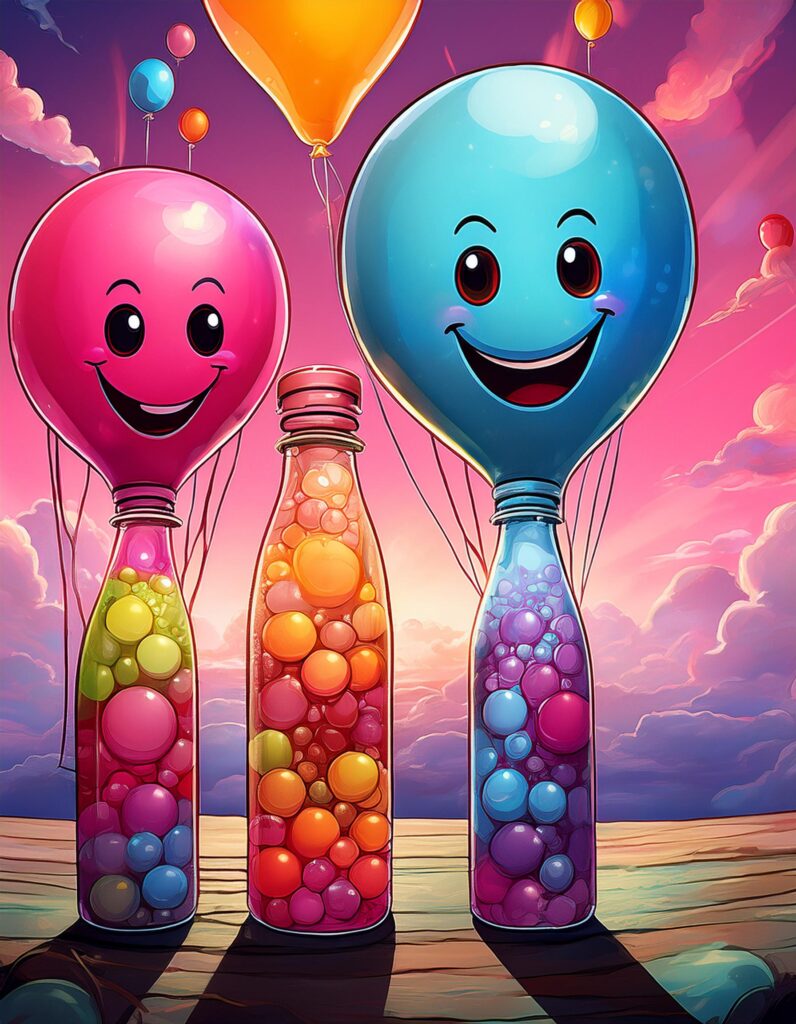
Baking Soda and Vinegar Balloons
Ingredients
INSTRUCTIONS
-
Click here for the full experiment details. Checkout the main website: One Little Project
-
Get experimenting!
-
Feed your knowledge.
-
Come back for more recipes for science!




